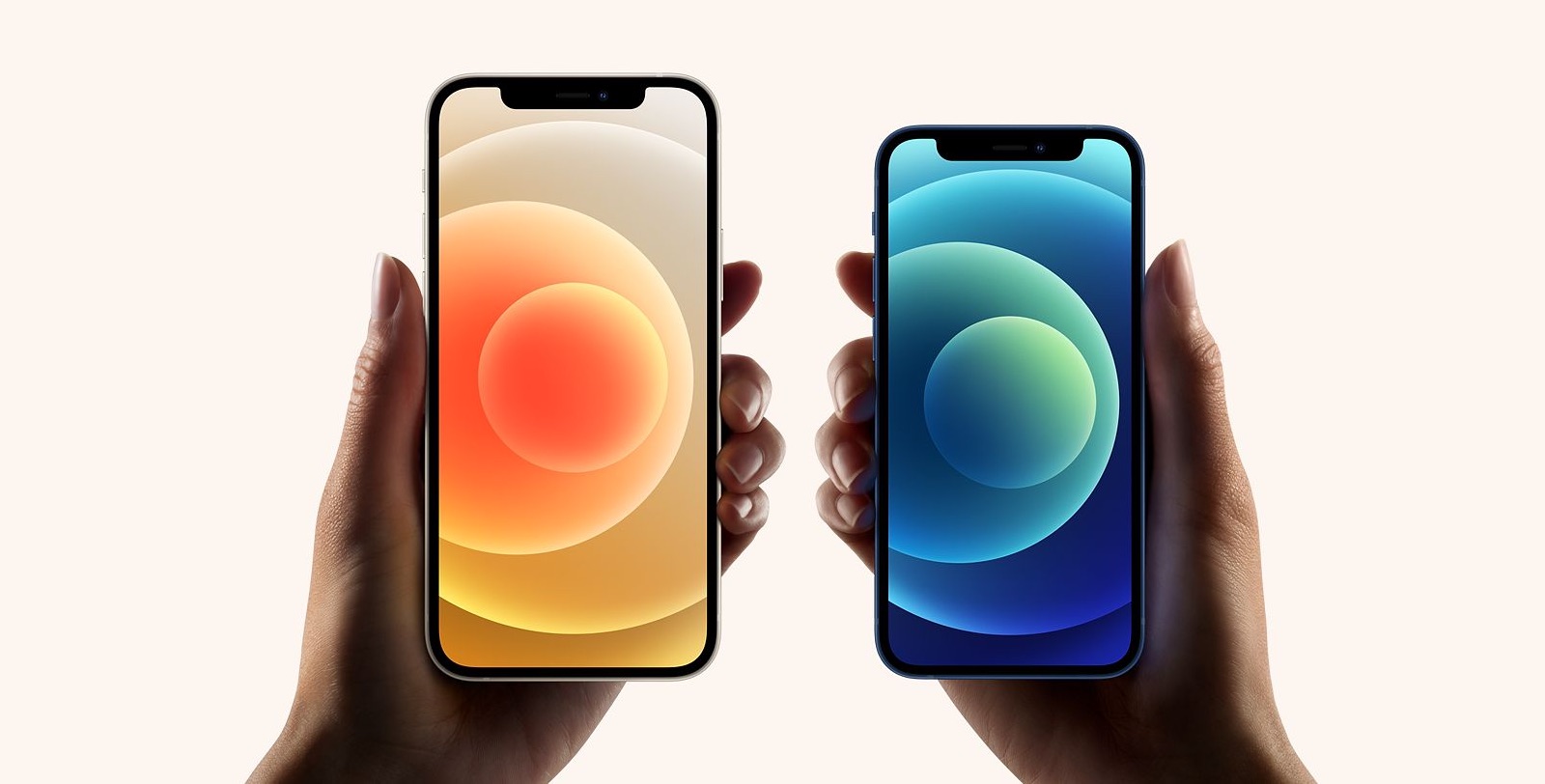
Apple is expected to retain its smallest 5.4-inch iPhone model size in its forthcoming iPhone 13 lineup, despite a barrage of recent reports suggesting lackluster iPhone 12 mini sales.

2021 began with a report suggesting Apple's iPhone 12 mini, which is the smallest iPhone that has been released since the 2016 iPhone SE, was not selling as well as Apple hoped, making up just 6% of iPhone 12 sales in the U.S. in October and November, according to data gathered by Consumer Intelligence Research.
Later in January, a Morgan Stanley investment note claimed Apple had cut production of the iPhone 12 mini by two million units to create more manufacturing capacity for the more popular iPhone 12 Pro.
That was quickly followed by a Taiwanese report citing supply chain sources that appeared to corroborate this narrative, suggesting that strong demand for iPhone 12 Pro models in China had led Apple to strengthen its supply of the more expensive devices in response.
Come February, Counterpoint Research weighed in with its own analysis which continued the same theme, claiming that the iPhone 12 mini accounted for only 5% of all iPhone 12 sales in the U.S. in the first half of January.
A few reasons have been offered for the poor iPhone 12 mini sales, despite broad satisfaction reported by owners of the smaller device. One is that Apple's smallest iPhone 12 model was launched to target the U.S. and European markets, but the global health crisis has impacted sales in these territories, leading to a slowdown in iPhone 12 mini orders.
The theory goes that with people staying at home a lot more during lockdown, smartphone users are consuming more content on their device and therefore want bigger screens to enjoy it. A consequence is that users don't have as much opportunity to appreciate the convenience of having a smaller phone in their pocket while out and about.
Meanwhile, though China has not been as severely impacted by the health crisis in recent months compared to these parts of the world, the East Asian market has historically favored larger form factor devices, which has put iPhone 12 mini at a disadvantage in those regions from the get-go.
Another possible factor is the continuing availability of lower-cost models like the $399 iPhone SE, $499 iPhone XR, and $599 iPhone 11, which may have ultimately limited the appeal of the more expensive iPhone 12 mini, which is priced at $699.
Despite these variables – along with a recent claim by JPMorgan Chase that Apple plans to discontinue iPhone 12 mini production in the second quarter of 2021 – it is understood that Apple has not given up on the 5.4-inch model yet, and is broadly expected to include the form factor in its iPhone 13 lineup, likely to be launched in the fall.
This belief is reflected in the earliest reports of the iPhone 13 series, all of which underlined that Apple would follow the same four-model lineup as the iPhone 12 in the same three sizes. Indeed, Apple will have had its iPhone 13 production and supply chain operation planned out well in advance, and if the above reasons for poor iPhone 12 mini sales are on the mark, Apple may well be expecting an upturn in demand for the smaller size in its target markets, as vaccination programs roll out and lockdowns ease over the course of the year.
As recently as this past weekend, hit-and-miss Apple leaker Jon Prosser claimed that the iPhone 13 mini will indeed materialize later this year, with the accompanying claim that there will be no new "2021" iPhone SE, of which the current model may have cannibalized some iPhone 12 mini sales.
All in all, despite the early doom and gloom, "mini" fans still have reason to be cheerful as we move through the year and approach the next launch of a new series of Apple smartphones.
Article Link: iPhone 13 Mini Still Expected Despite Lackluster iPhone 12 Mini Sales

